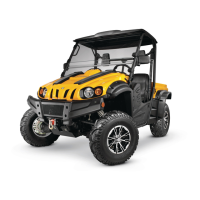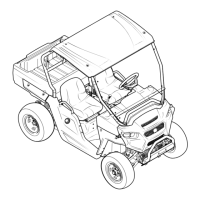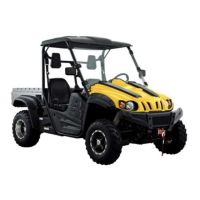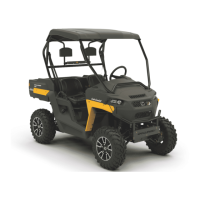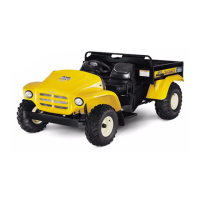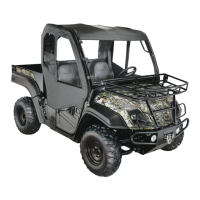General Information
Adjustable Wrenches
An adjustable wrench or Crescent
wrench (Figure 6) can fit nearly any nut
or bolt head that has clear access
around its entire perimeter. An
adjustable wrench is best used as a
backup wrench to keep a large nut or
bolt from turning while the other end is
being loosened or tightened with a box-
end or socket wrench.
Adjustable wrenches contact the
fastener at only two points, which makes
them more subject to slipping off the
fastener. Because one jaw is adjustable
and may become loose, this
shortcoming is aggravated. Make
certain the solid jaw is the one
transmitting the force.
Socket Wrenches,
Ratchets and Handles
Sockets that attach to a ratchet handle
(Figure 7) are available with 6-point or
12-point openings (Figure 8) and
different drive sizes. The drive size
indicates the size of the square hole that
accepts the ratchet handle. The number
stamped on the socket is the size of the
work area and must match the fastener
head. As with wrenches, a 6-point
provides superior-holding ability. While a
12-point socket needs to be moved only
half as for to reposition it on the
fastener. Sockets are designated for
either hand or impact use. Impact
sockets are made of thicker material for
more durability. Compare the size and
wall thickness of a 19-mm hand socket
(Figure 9) (A) and the 19-mm impact
socket (B). Use impact sockets when
using an impact driver or air tools. Use
hand sockets with hand-driven
attachments.
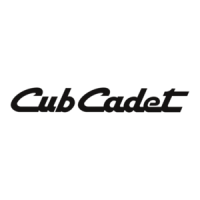
